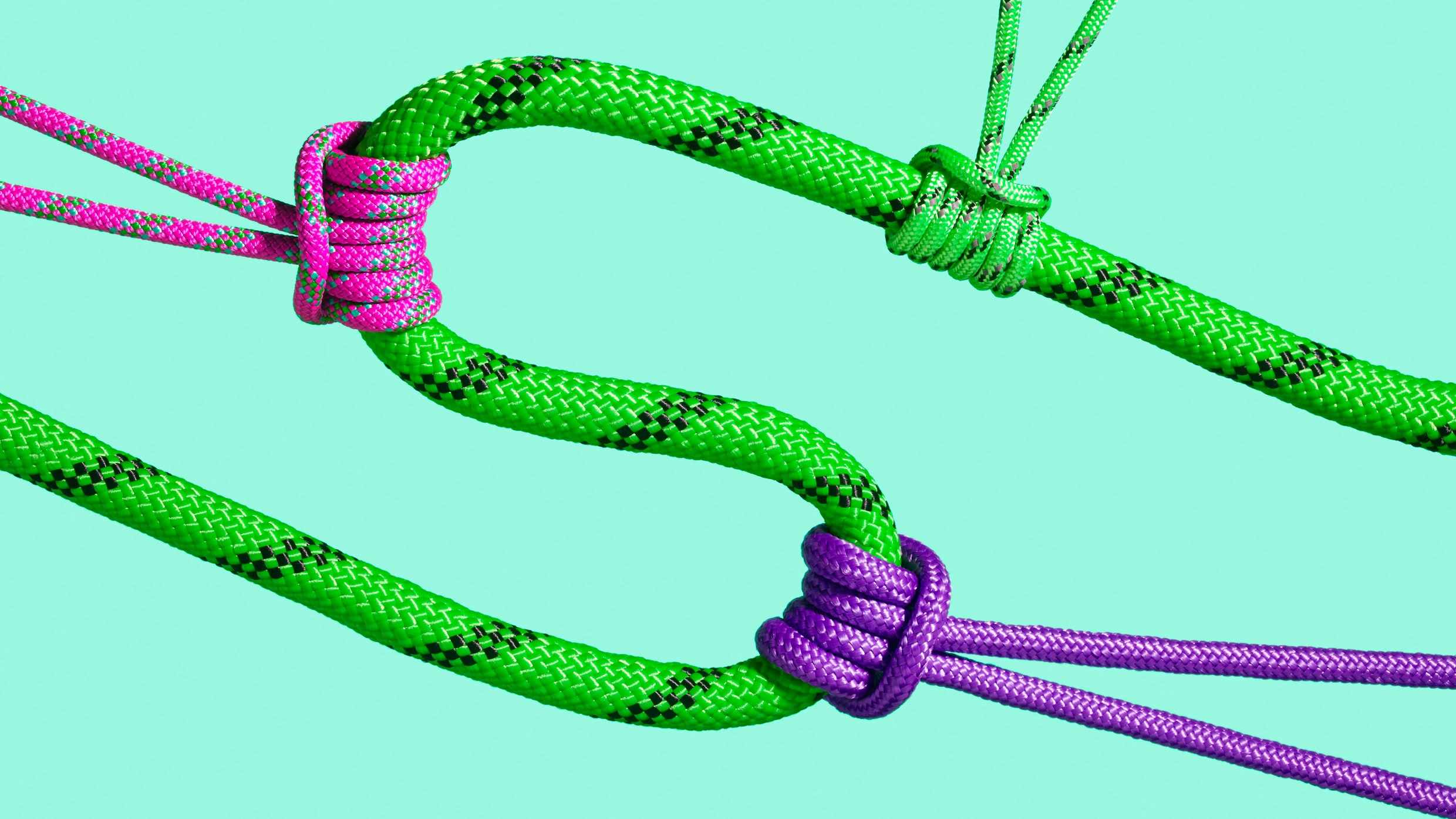
"Not all fears stem from trauma, but most of them are built upon our most primal anxieties. Our bodies are naturally geared to experience fear, and rightfully so. The famous neuroscience patient, known by her initials, S.M., has a biological glitch that makes her unable to feel fear. While this may sound enjoyable, it's incredibly dangerous. S.M. constantly finds herself in risky situations, like the time she was held up at knifepoint and responded by laughing at the criminal."
"S.M. shows us that sometimes fear is a necessary evil. It helps us avoid deadly scenarios and keeps us alive in a constantly evolving world. But our fears also make us jump to worst-case scenarios, setting us up to believe in conspiracy theories and fall prey to misinformation. Parents worry about their children, so they chide them about playing in the dirt, likely increasing their chances of developing an allergy by avoiding dust and dander."
Human fear arises from evolved biological systems that protect against danger but can misfire. Lack of fear, as in patient S.M., causes dangerously risky behavior, while excessive fear fuels worst-case thinking, conspiratorial beliefs, and susceptibility to misinformation. Cultural and historical contexts shape specific fears such as premature burials and anxieties about GMOs. Parental overprotection, like discouraging play in dirt, can increase allergy risk by reducing immune exposure. Fear of illness drives intense treatment efforts that may produce unintended consequences. Understanding neuroscience, history, and culture provides tools to recalibrate fear responses and align behavior with actual risks.
Read at Fast Company
Unable to calculate read time
Collection
[
|
...
]